Ecommerce is growing. In the US alone, sales have increased to up to $327 billion in just three years. The same is also happening all over the world. Just look at the amount people are spending. What does this mean?
It means that there are plenty of opportunities in selling online. Imagine. That is $327 billion at your disposal in the US alone. Just imagine getting a slice of that $327 billion and you can already become a millionaire.
However, it is not that easy. Competition can be fierce in this area. Just look at the competition between the biggest online retailers and you’ll know what we mean.
Billions of dollars are at stake and the big brands are not holding back. So what should you do? Do your research.
In this article, I will teach you 4 research strategies that you must do before you launch an eCommerce website. These activities will help you get better rankings for your product pages for more traffic and sales.
Strategy #1: Keyword Research
Keyword research is the core of every eCommerce website. It is the building block that gave the bigger brands its rankings and sales. There are plenty of tools that you can use for this. First there is Ahrefs Keyword Tool.
We love this because we get to spy on the competition to get the keywords that they are ranking for.
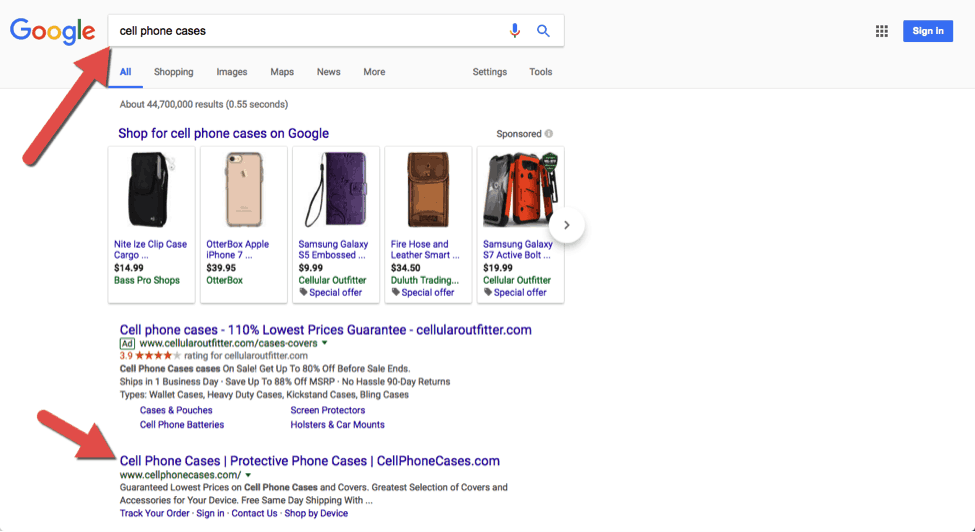
From there, we get to look at how the keyword difficulty – a ranking system by Ahrefs that takes competition and other aspects into consideration.
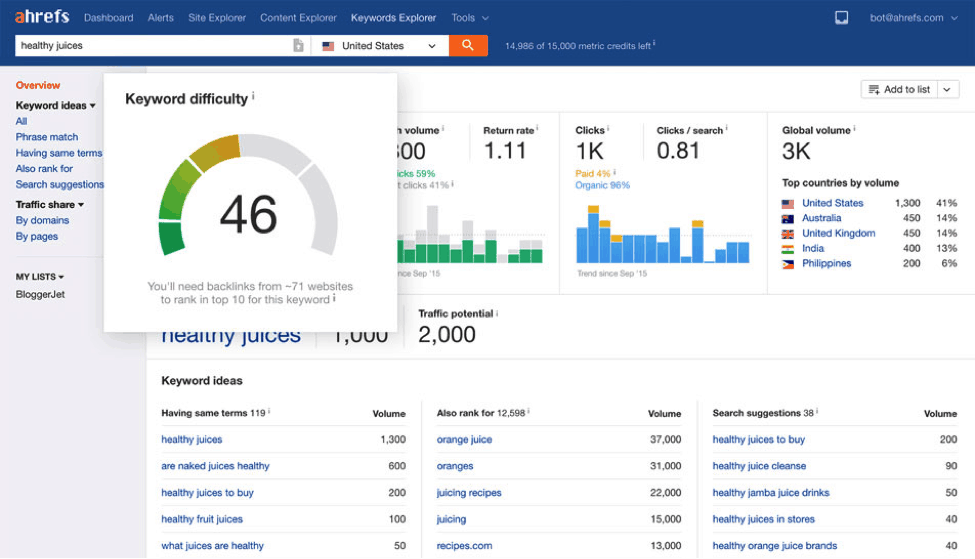
According to Ahrefs, the ideal keyword difficulty score is 0-30
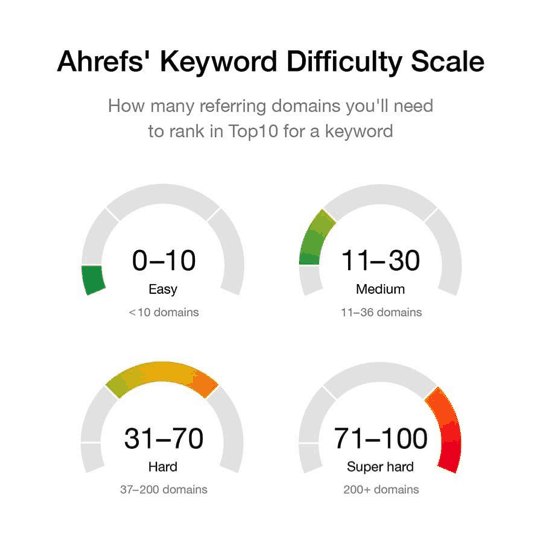
If you don’t have any money to spend, you can also go with the classic Google Keyword Planner.
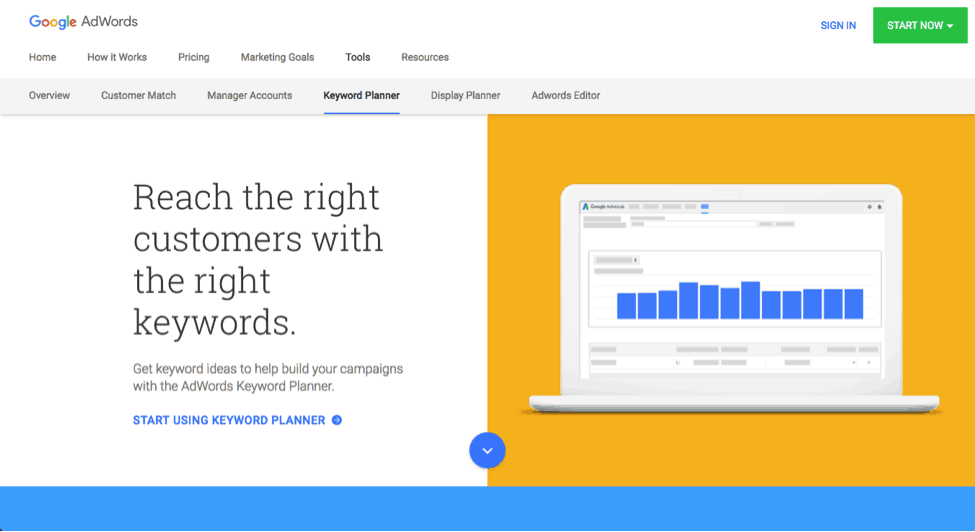
But this time, you should already have a list of keywords to feed to the tool. We would recommend looking at the intention of the customer – more specifically known as their purchase journey to gather more keywords. You see, keywords are more than just words that you automatically generate from a tool.
These are words that are actually used by your potential customer. So more than just collecting a bunch of keywords with a good search volume or competition level, aim to go for keywords that your potential customer will actually use. First, put yourself in the shoes of your potential customer.
Think about his intention and his problem. Think about what he will do to find the solution. Will he search for it? If he did, what will he do with what he finds?
Will he instantly buy or keep on searching for better options? It is quite normal for customers to ‘shop around’. This is their process of looking at multiple websites that offers the same item and narrowing down their options to online shops that meet their criteria.
Their criteria may vary. For some customers, free shipping is important. For others, they go for the cheapest option. Then, choose your keywords based on this journey. What keywords will he use when he first searches for your product?
What keywords will he use after? According to SnapAgency, keywords can be categorized into three:
Informational Keywords
If your keyword answers the questions ‘when’, ‘where’, ‘who’, ‘what’, ‘why’ and ‘how’, it is considered as an informational keyword. Informational keywords are often used in content marketing (specifically for blog posts or articles). The number of words matters for informational keywords.
In fact, long tails are encouraged. The goal of these keywords is to solve the prospect’s problem.
Investigative Keywords
If a keyword contains an adjective or any attribute that pertains to a product’s physical appearance, it can be considered as an investigative keyword. These keywords are rarely used for content. It is often used for variations of products.
For example, Apple has a list of products in its website. But its product has different variations. Aside from the names of their products (Apple iPad, Apple iPhone, Mac, etc.), there are also variations in color.
Some people may search for ‘Rose Gold iPhone 7’ on the search engines. This is a perfect example of an investigative keyword. You’ll find that investigative keywords offer the most opportunities out of the three.
If you managed to find a keyword that only has a few competition, you can easily snag the top spot and make some sales.
Transactional Keywords
When you want to buy a product, what will you type on the search engines? As for me, I usually type in the whole name of the product. If that’s not enough, I would then go and append the words ‘buy’ or ‘for sale’ to my keywords to find some online stores.
It may be best to include these keywords in specific product pages. Once you have your keywords, you just need to feed them to Google Keyword Planner and it will automatically show the search volume and competition level of the keyword.
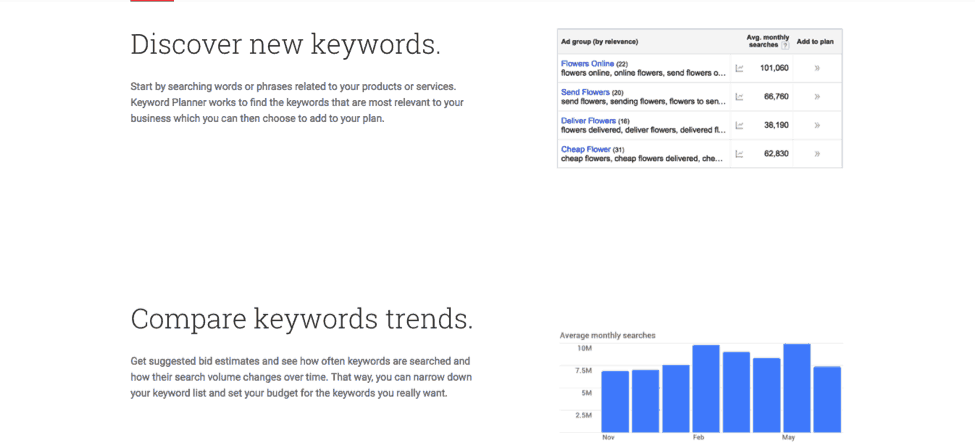
NOTE: the numbers are no longer as specific as before. Even the competition level is only tagged as low, medium or high. So it may be better to use tools like Ahrefs instead.
That’s it for keywords. Next, let’s look at trends.
Strategy #2: Trend Research
Trend research is the brother of keyword research. Without it, keyword research can have some inaccurate results.
Why inaccurate?
Well, think about it this way. Let’s say that you have just finished your keyword research. You were able to find this amazing keyword that has a huge search volume and really low competition. It’s a jackpot, right?
Well, that depends.
If the search is only for a particular time, then it cannot be considered a jackpot. That will only give you a huge surge of traffic that will just drop afterwards. How will you know if the search volume will drop?
Trends.
Trends show you the search volume for a particular keyword over time. A good tool for this is Google Trends. It shows you the historical data for a particular keyword as well as give you a forecast and update on rising search terms.
So don’t get too excited with your keywords. Get in the habit of doing trend analysis before using them. You’ll thank me for it.
Strategy #3: Onpage Research
Next, you’ll also need to look at the facets of your website for onpage research. Even though onpage optimization is no longer as important as it used to be, it still helps in assisting the search engines understand your website.
The result?
You’ll get a higher chance of getting ranked higher for your target keywords. Here are some things to look out for.
URLs
It is important to include the keyword not just in the content and title tags but also in the actual URL. This can actually help in rankings. But it is important to keep it short (3-word keywords max) or it will get cut in the search engines.
Think about it.
Would you like your URL to look like this?

Or like this

I don’t know about you but I am all for pretty URLs. If you are using WordPress, be sure to set permalinks to ‘postname’. You can do this by visiting Settings > Permalinks
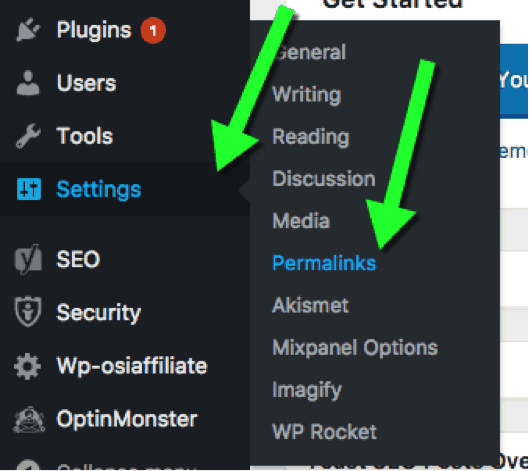
Then, choose ‘Post Name’.
This will make your URLs look prettier.
Page Titles
Also, don’t forget to include your keywords in your Page Title. This may also contribute to the clicks that you may get for this will also be displayed on the search engine result. Look at this and you’ll see what I mean.
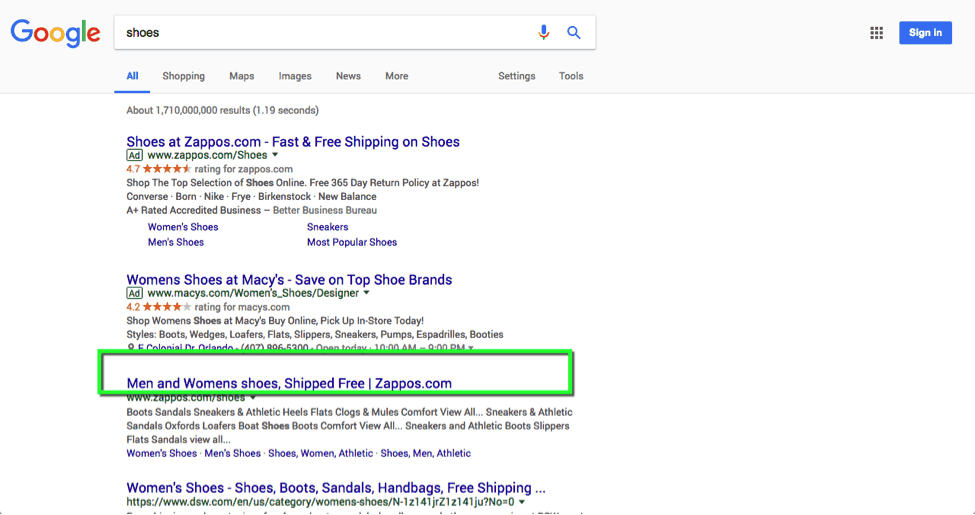
As you can see, the title is the first thing that searchers will see. So it is very important to strive for balance between including your target keywords and getting the searchers to click on your page.
NOTE: Title tags have a 70-character limit on Google. Anything over that will get cut off.
Meta Descriptions
Let’s go back to the search result I have shown you earlier. More than the title, have you noticed the description
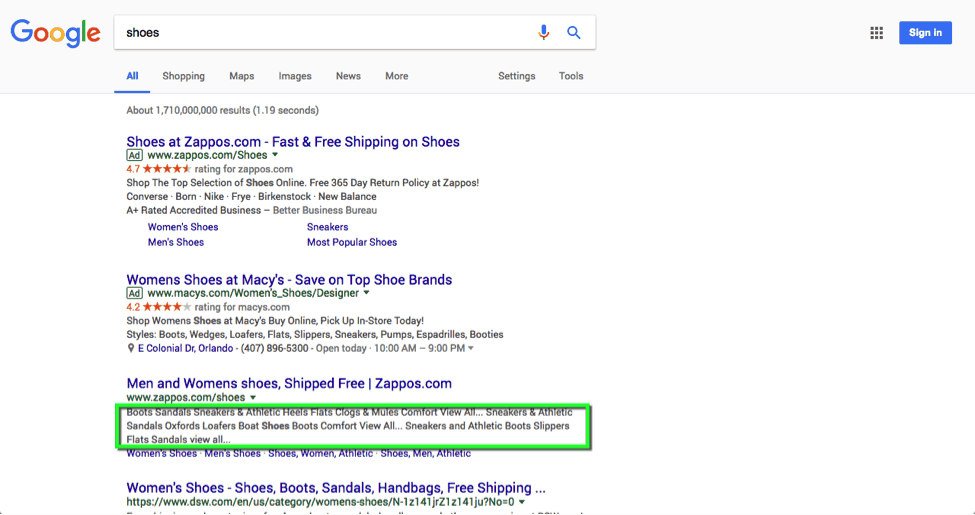
As you can see, the title is not the only thing displayed on the search engines. There is also a short description. This is the Meta Description.
You should include your keyword here so that people who’ll see your site on the search engines will instantly understand your page. Like the title, this part also has a limit. You must keep the description under 156 characters or it will get cut.
Canonical Tags
It is quite common for eCommerce websites to have duplicate pages across its own website. Canonical tags prevents you from being penalized. Here’s an example of a canonical tag.
According to Google, it doesn’t even need to be an exact duplicate. You can just sprinkle this tag all over your website just to stay on the safe side. If you like to know more about this, here’s an in-depth discussion about Canonical URLs from Google.
Image ALT Text
Running an eCommerce website means that you also have to deal with thousands of images. Why not extract some SEO juice from this images by having some ALT text?
Here’s how an image ALT text looks like:
“<img src=“image.jpg” alt=“image description” title=“image tooltip”>”
The ‘image description’ is where you want to put your keyword.
What can this do?
It helps you to index most of your products. There is also a chance of showing up in Google’s image search as well.
Site Speed
It may be wise to look at your website’s loading time as well. Speed may seem like a minor issue but it is the main culprit for traffic loss.
You may want to get advice from Google’s PageSpeed Insights for this.
Strategy #4: Competition Research
Now that you are done with the facets of your website, it is time to go outside and look at what your competitors are doing. You can do this through competition research. Competitive analysis is essential if you want to be an industry leader in your niche.
It is important to not just audit your own website but also look at how the other websites in your niche are doing. For this, I look at three major aspects.
Ranking Keywords
Did you know that you can steal your competitor’s keywords? With the right tool, you can definitely do it. Ahrefs is an amazing tool that can do this.
Just plug in the target website’s URL and it will instantly reveal the highest ranking keywords.
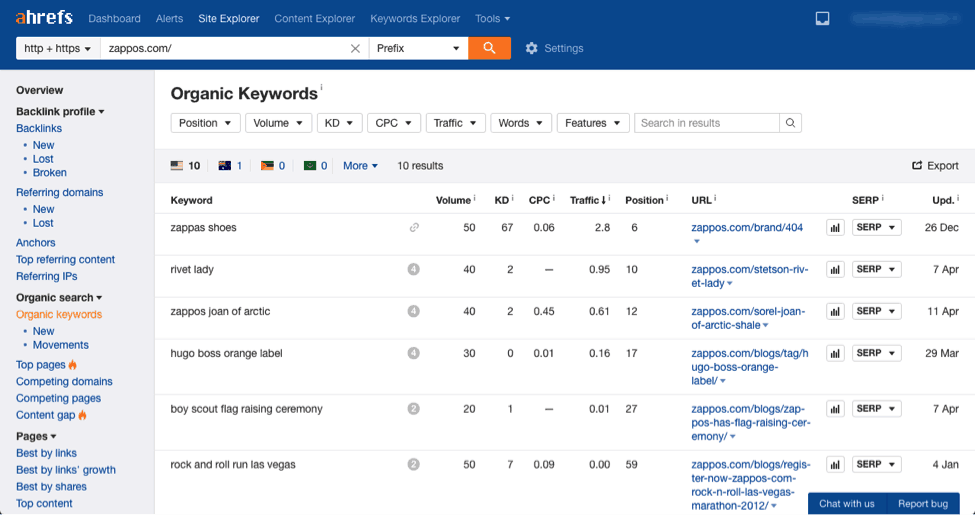
Backlink Sources
Backlink sources are another sought after aspect in competitor websites. Why? That’s because their backlinks can also become your backlinks if you do your research right.
Again, I love to use Ahrefs for this. I also think that it is one of the best backlink research tool out there. Let’s take a look at how it reveals the backlinks of a particular website.
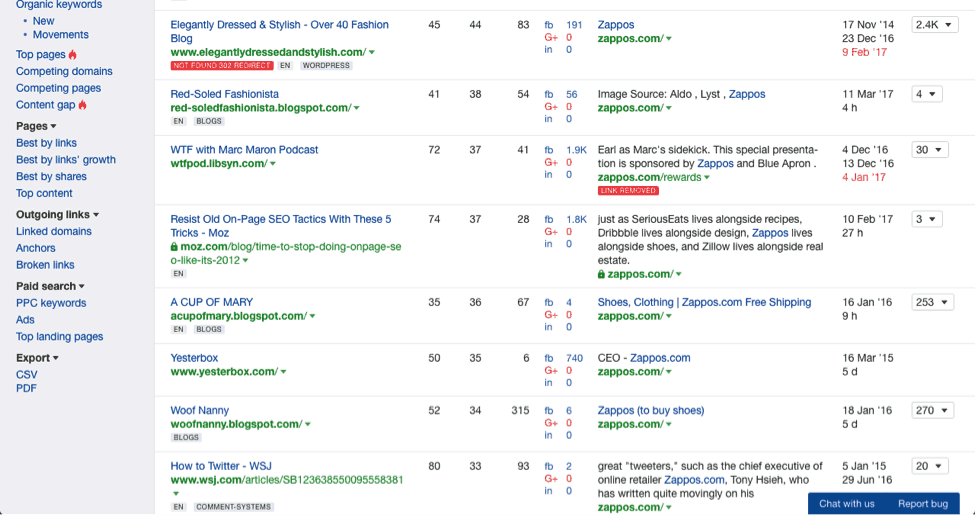
Aside from revealing the backlinks, it also shows the growth and loss of backlinks over time.
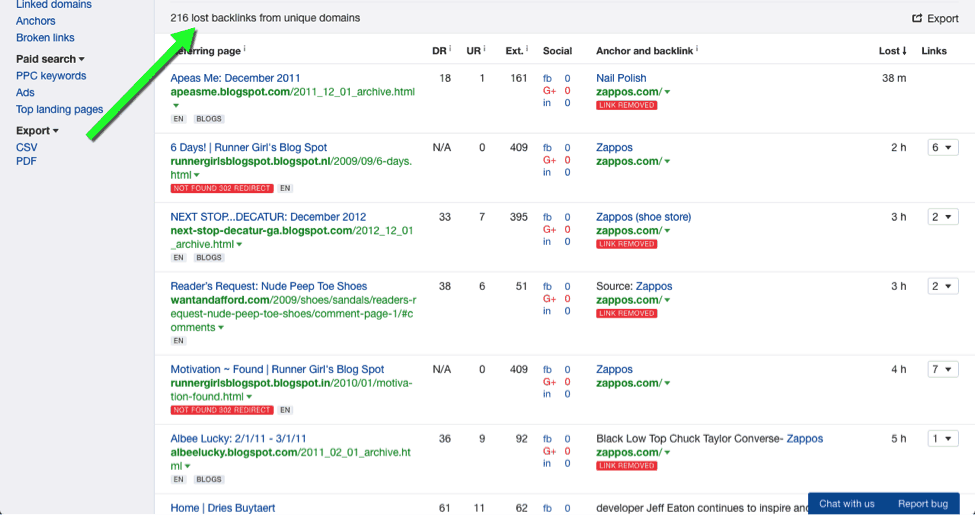
Another aspect that I love about this tool is the chance to be able to click through the backlinks and see what they are linking to.

The tool really helps you in finding your competitor’s backlinks. Now, if you don’t have money to spend on such a tool, you can always use a free option. Backlinkwatch is a limited but free option that you can use for this purpose.

Why are backlinks important? Backlinks act like a vote that a website is about a particular topic. The more backlinks you have, the higher the likelihood that the search engines will believe that you are valuable resource for your target keyword.
This shows that backlinks play a major role in getting higher rankings, traffic and sales.
Domain Authority of Backlinks
Pagerank is gone but it is replaced with a new metric called Domain authority (DA). Basically speaking, it is a measure of trust in your domain name. SEOs agree that the DA of your backlinks plays a major role in your rankings.
There are many tools that you can use for finding the DA of backlinks.
First, there is OpenSiteExplorer.
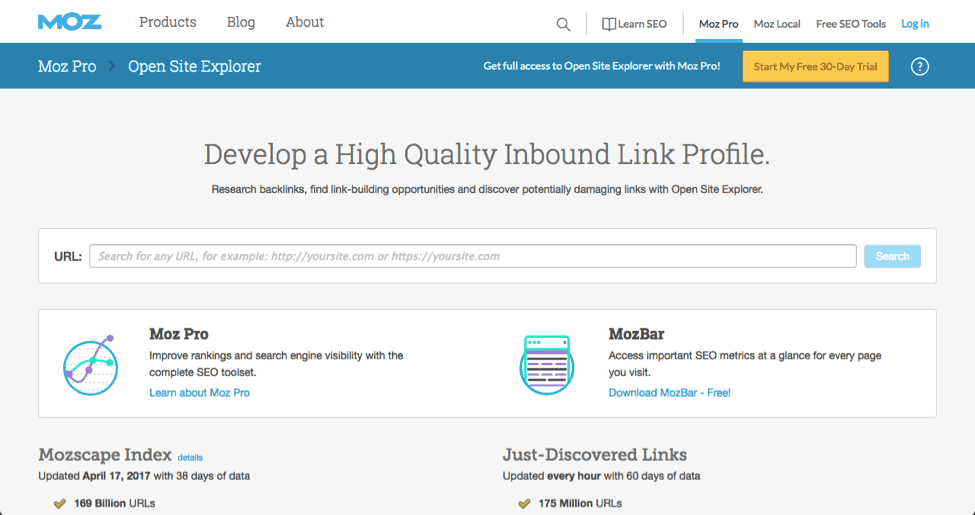
The process is easy. Just key in your competitor’s URL and it will instantly reveal the DA of that website.
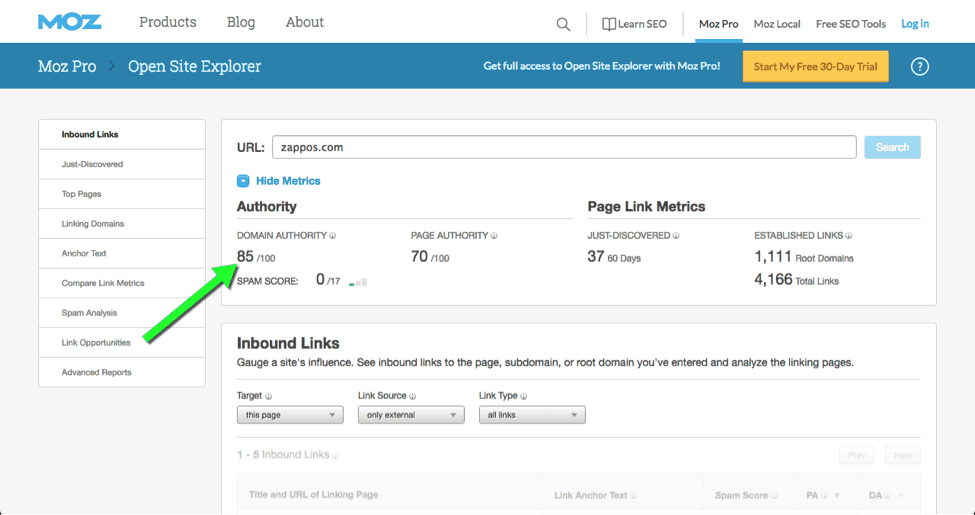
And it doesn’t stop there as it also reveals the DA of its backlinks.
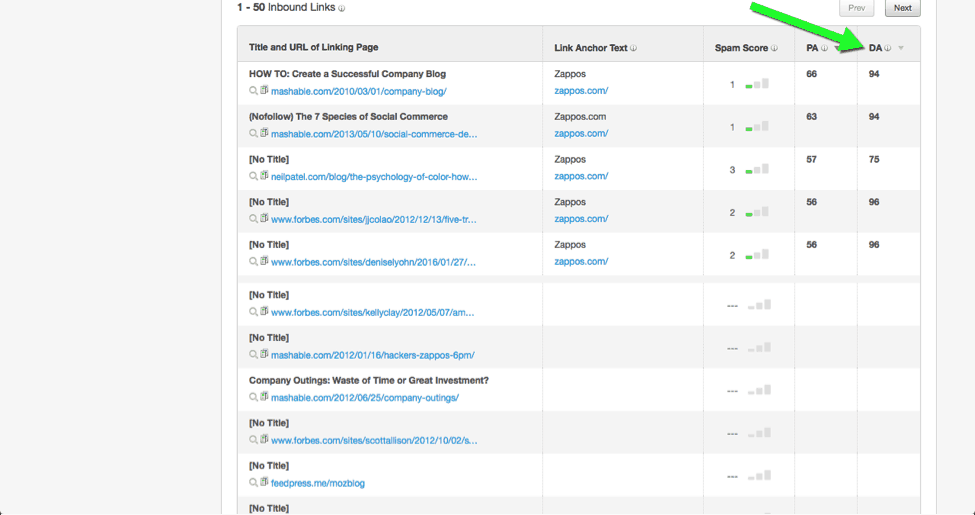
You can also do the same with Ahrefs. Aside from revealing the backlinks, it also shows a metric similar to DA called the DR (or domain rating)
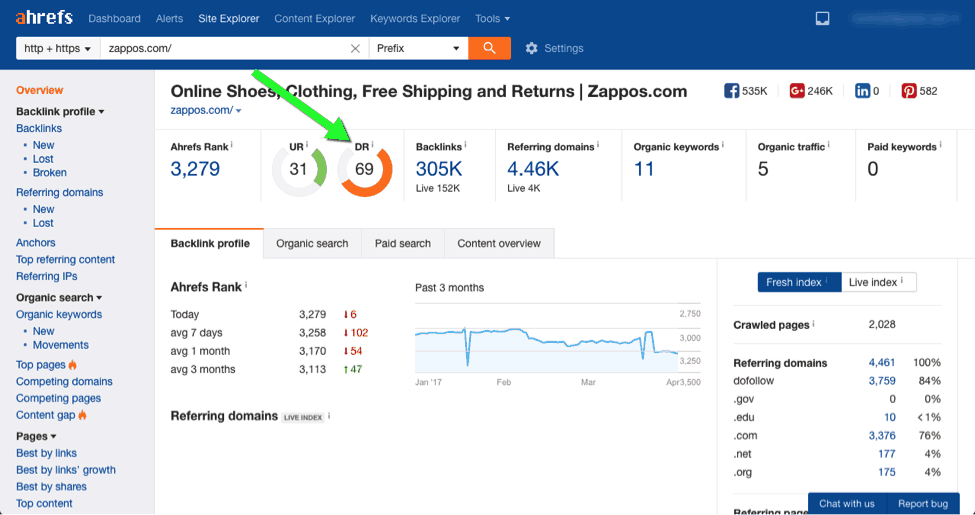
You can find an in-depth discussion of their metrics here.
It’s Time to Do It
You have learned 4 research activities that you must do before you launch your online store.
So what are you waiting for?
Get your hands dirty and research now.
Feel free to ask questions below and checkout our other articles, we write a variety of articles and have one about the best online form builder.

Definitely is an ultimate guide